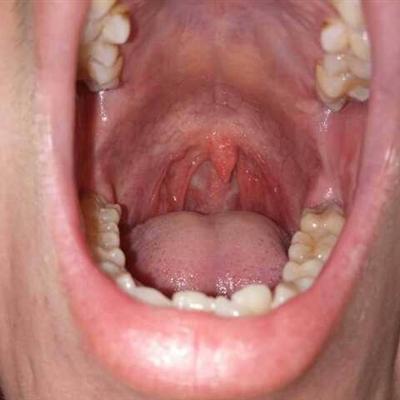What are the symptoms of methanol poisoning?
summary
Methanol is first oxidized to formaldehyde and then to formic acid by dehydrogenation of methanol and formaldehyde. Formaldehyde can cause degeneration of retinal cells and damage the optic nerve; Formate can inhibit the fine pigment oxidase in optic nerve cells, resulting in visual impairment; The accumulation of formic acid can also lead to acidosis. Methanol and its metabolites cause cerebral cortical cell dysfunction, produce mental and neurological symptoms, and damage the liver, kidney and lung. Taking 5 ~ 10 ml by mistake can cause severe poisoning, and taking more than 30 ml orally can cause death. What are the symptoms of methanol poisoning? Let's talk about it.
What are the symptoms of methanol poisoning?
1. The symptoms of acute poisoning will appear only after the incubation period of 18-24 hours when methanol enters the human body. The symptoms of acute methanol poisoning have three main characteristics: (1) inhibition of central nervous system( 2) Severe metabolic acidosis( 3) The optic nerve changes.

2. The clinical symptoms of methanol poisoning vary greatly. Generally speaking, the symptoms of poisoning are closely related to the time of medical treatment, but not necessarily related to the concentration of methanol in blood. The early clinical symptoms of methanol poisoning are mainly caused by methanol itself. The symptoms were similar to those of alcoholism, including tachycardia, abdominal pain, vomiting, diarrhea, loss of appetite, headache, dizziness, general weakness, unstable gait and enhanced deep tendon reflex; Severe cases may be delirium or shortness of breath.

3. The late symptoms are mainly due to the formation of a large number of formic acid and the inhibition of aerobic absorption, which leads to tissue hypoxia and lactic acidemia. Therefore, the onset time is usually 6-12 hours, or even 18-24 hours later. Clinical manifestations may include rapid aspiration, increased anion gap, metabolic acidosis, pancreatitis, hyperglycemia, increased osmotic pressure gap, coma, convulsion, bradycardia, left heart failure, shock, leukocytosis, rhabdomyolysis, hypokalemia, hypomagnesemia, acute renal failure (renal tubular necrosis), hematuria, slightly higher liver function (steatosis), aspiration failure Retinal injury and optic nerve necrosis.

matters needing attention
First, keep ventilation convection, ventilation convection, ventilation convection! Three times! Three times). Because the outdoor clean wind will bring the formaldehyde released by indoor household out of the room, which can effectively reduce the concentration of indoor formaldehyde and other pollutants. Second, if ventilation and convection cannot be maintained, air purification products containing activated carbon, especially modified activated carbon, such as air purifiers, can be used. Activated carbon can adsorb formaldehyde more efficiently without overflowing, while modified activated carbon can catalyze formaldehyde into carbon dioxide and water at the same time of adsorption, which enhances the adsorption capacity of activated carbon and effectively reduces indoor formaldehyde concentration. Third, a large amount of activated carbon, especially modified activated carbon, can be placed in the indoor formaldehyde emission concentrated areas, such as the wardrobe and bookcase, to intercept the free formaldehyde.














